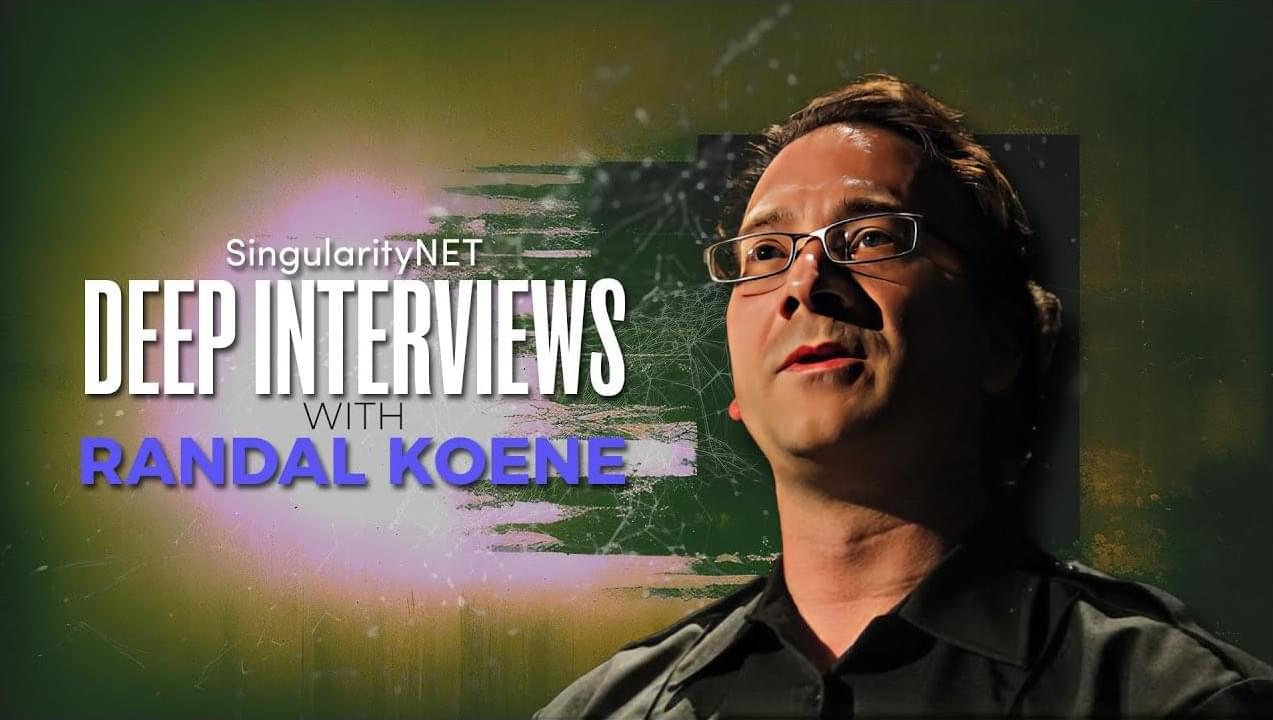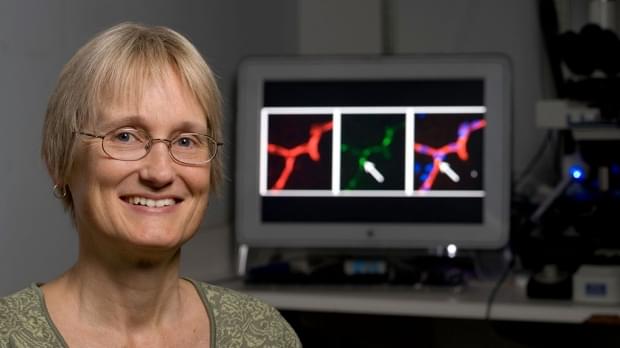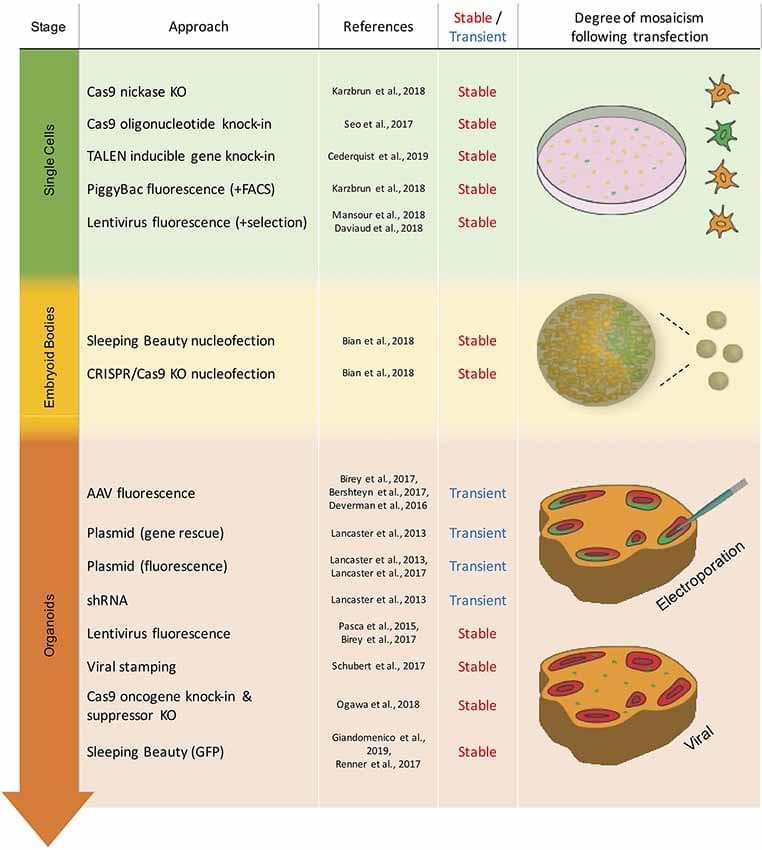Jeff Bezos’ Blue Origins is tripping over its own feet as it races to meet an October deadline. One rocket portion exploded during testing.
This two-day event invites leading researchers, entrepreneurs, and funders to drive progress. Explore new opportunities, form lasting collaborations, and joi…
Join Randal Koene, a computational neuroscientist, as he dives into the intricate world of whole brain emulation and mind uploading, while touching on the ethical pillars of AI. In this episode, Koene discusses the importance of equal access to AI, data ownership, and the ethical impact of AI development. He explains the potential future of AGI, how current social and political systems might influence it, and touches on the scientific and philosophical aspects of creating a substrate-independent mind. Koene also elaborates on the differences between human cognition and artificial neural networks, the challenge of translating brain structure to function, and efforts to accelerate neuroscience research through structured challenges.
00:00 Introduction to Randal Koene and Whole Brain Emulation.
00:39 Ethical Considerations in AI Development.
02:20 Challenges of Equal Access and Data Ownership.
03:40 Impact of AGI on Society and Development.
05:58 Understanding Mind Uploading.
06:39 Randall’s Journey into Computational Neuroscience.
08:14 Scientific and Philosophical Aspects of Substrate Independent Minds.
13:07 Brain Function and Memory Processes.
25:34 Whole Brain Emulation: Current Techniques and Challenges.
32:12 The Future of Neuroscience and AI Collaboration.
SingularityNET is a decentralized marketplace for artificial intelligence. We aim to create the world’s global brain with a full-stack AI solution powered by a decentralized protocol.
We gathered the leading minds in machine learning and blockchain to democratize access to AI technology. Now anyone can take advantage of a global network of AI algorithms, services, and agents.
Website: https://singularitynet.io.
Discord: / discord.
Forum: https://community.singularitynet.io.
Telegram: https://t.me/singularitynet.
Twitter: / singularitynet.
Facebook: / singularitynet.io.
Instagram: / singularitynet.io.
Github: https://github.com/singnet.
Linkedin: / singularitynet.
Have you ever wondered what it would be like to upload your mind to a computer? To have a digital copy of your personality, memories, and skills that could live on after your biological death? This is the idea behind whole brain emulation, a hypothetical process of scanning a brain and creating a software version of it that can run on any compatible hardware. In this video, we will explore the science and challenges of whole brain emulation, the ethical and social implications of creating digital minds, and the potential benefits and risks of this technology for humanity. Join us as we dive into the fascinating world of whole-brain emulation!
#wholebrainemulation.
#minduploading.
#digitalimmortality.
#artificialintelligence.
#neuroscience.
#braincomputerinterface.
#substrateindependentminds.
#transhumanism.
#futurism.
#mindcloning
Among the many ways neuroscientists think Alzheimer’s disease may strip away brain function is by disrupting the glucose metabolism needed to fuel the healthy brain. In essence, declining metabolism robs the brain of energy, impairing thinking and memory.
Against that backdrop, a team of neuroscientists at the Knight Initiative for Brain Resilience at Stanford’s Wu Tsai Neurosciences Institute have zeroed in on a critical regulator of brain metabolism known as the kynurenine pathway. They hypothesize that that the kynurenine pathway is over-activated as a result of amyloid plaque and tau proteins that accumulate in the brains of patients with Alzheimer’s disease.
Now, with support from research and training grants from the Knight Initiative, they have shown that by blocking the kynurenine pathway in lab mice with Alzheimer’s Disease, they can improve, or even restore, cognitive function by reinstating healthy brain metabolism.
Last month, researchers created an electronic link between the brains of two rats separated by thousands of miles. This was just another reminder that technology will one day make us telepaths. But how far will this transformation go? And how long will it take before humans evolve into a fully-fledged hive mind? We spoke to the experts to find out.
I spoke to three different experts, all of whom have given this subject considerable thought: Kevin Warwick, a British scientist and professor of cybernetics at the University of Reading; Ramez Naam, an American futurist and author of NEXUS (a scifi novel addressing this topic); and Anders Sandberg, a Swedish neuroscientist from the Future of Humanity Institute at the University of Oxford.
They all told me that the possibility of a telepathic noosphere is very real — and it’s closer to reality than we might think. And not surprisingly, this would change the very fabric of the human condition.
Mikey Siegel, with a background in robotics from the MIT Media Lab, shares insights from his decade-long exploration into technology’s role in human well-being and consciousness. He discusses the profound potential of Artificial General Intelligence (AGI) shaped with compassionate and wise values. Siegel emphasizes the importance of the human developmental process in creating benevolent AI and the integration of contemplative practices in tech development. He envisions a future where AGI supports human development globally with love and care, akin to a parent nurturing a child, ultimately fostering a connected and compassionate society.
00:00 Introduction to Mikey Siegel and His Work.
01:09 The Profound Impact of AGI on Humanity.
02:42 The Role of AI in Shaping Reality.
04:06 The Vision of a Compassionate Super Intelligence.
07:26 Creating AI from a Culture of Compassion.
07:51 Integrating Human Development in AI Creation.
09:28 Ownership and Developmental Stages of AI
12:13 Demystifying the Mystical Through Science.
14:53 Preparing for the Future of AI
SingularityNET was founded by Dr. Ben Goertzel with the mission of creating a decentralized, democratic, inclusive, and beneficial Artificial General Intelligence (AGI). An AGI is not dependent on any central entity, is open to anyone, and is not restricted to the narrow goals of a single corporation or even a single country.
The SingularityNET team includes seasoned engineers, scientists, researchers, entrepreneurs, and marketers. Our core platform and AI teams are further complemented by specialized teams devoted to application areas such as finance, robotics, biomedical AI, media, arts, and entertainment.
Website: https://singularitynet.io.
X: https://twitter.com/SingularityNET
Instagram: / singularitynet.io.
Discord: / discord.
Forum: https://community.singularitynet.io.
Telegram: https://t.me/singularitynet.
WhatsApp: https://whatsapp.com/channel/0029VaM8…
Warpcast: https://warpcast.com/singularitynet.
Mindplex Social: https://social.mindplex.ai/@Singulari…
Github: https://github.com/singnet.
Linkedin: / singularitynet.
Watch my exclusive video Jupiter Brains \& Mega Minds: https://nebula.tv/videos/isaacarthur–…
Get Nebula using my link for 40% off an annual subscription: https://go.nebula.tv/isaacarthur.
Get a Lifetime Membership to Nebula for only $300: https://go.nebula.tv/lifetime?ref=isa…
Use the link gift.nebula.tv/isaacarthur to give a year of Nebula to a friend for just $30.
Visit our Website: http://www.isaacarthur.net.
Join Nebula: https://go.nebula.tv/isaacarthur.
Support us on Patreon: / isaacarthur.
Support us on Subscribestar: https://www.subscribestar.com/isaac-a…
Facebook Group: / 1583992725237264
Reddit: / isaacarthur.
Twitter: / isaac_a_arthur on Twitter and RT our future content.
SFIA Discord Server: / discord.
Credits:
Battlefleets.
Episode 461; August 22, 2024
Produced, Written \& Narrated by: Isaac Arthur.
Editor: Thomas Owens.
Graphics:
Darth Biomech.
Jeremy Jozwik.
Legiontech Studios.
Sergio Botero.
Select imagery/video supplied by Getty Images.
Music Courtesy of Epidemic Sound http://epidemicsound.com/creator.
Stellardrone, \
Isaac arthur rokos basilisk.
The dangers of artificial intelligence have long loomed in our future, and seem ever closer. But it may be that the dangers of the future can reach back into the past itself, and even without a time machine.
Go to https://brilliant.org/IsaacArthur/ to get a 30-day free trial and 20% off their annual subscription.
Join this channel to get access to perks:
/ @isaacarthursfia.
Visit our Website: http://www.isaacarthur.net.
Join Nebula: https://go.nebula.tv/isaacarthur.
Support us on Patreon: / isaacarthur.
Support us on Subscribestar: https://www.subscribestar.com/isaac-a…
Facebook Group: / 1583992725237264
Reddit: / isaacarthur.
Twitter: / isaac_a_arthur on Twitter and RT our future content.
SFIA Discord Server: / discord.
Credits:
To be able to make full use of these modeling systems, researchers have developed a growing toolkit of genetic modification techniques. These techniques can be applied to mature brain organoids or to the preceding embryoid bodies (EBs) and founding cells. This review will describe techniques used for transient and stable genetic modification of brain organoids and discuss their current use and respective advantages and disadvantages. Transient approaches include adeno-associated virus (AAV) and electroporation-based techniques, whereas stable genetic modification approaches make use of lentivirus (including viral stamping), transposon and CRISPR/Cas9 systems. Finally, an outlook as to likely future developments and applications regarding genetic modifications of brain organoids will be presented.
The development of brain organoids (Kadoshima et al., 2013; Lancaster et al., 2013) has opened up new ways to study brain development and evolution as well as neurodevelopmental disorders. Brain organoids are multicellular 3D structures that mimic certain aspects of the cytoarchitecture and cell-type composition of certain brain regions over a particular developmental time window (Heide et al., 2018). These structures are generated by differentiation of induced pluripotent stem cells (iPSCs) or embryonic stem cells (ESCs) into embryoid bodies followed by, or combined, with neural induction (Kadoshima et al., 2013; Lancaster et al., 2013). In principle, two different classes of brain organoid protocols can be distinguished, namely: (i) the self-patterning protocols which produce whole-brain organoids; and (ii) the pre-patterning protocols which produce brain region-specific organoids (Heide et al., 2018).









